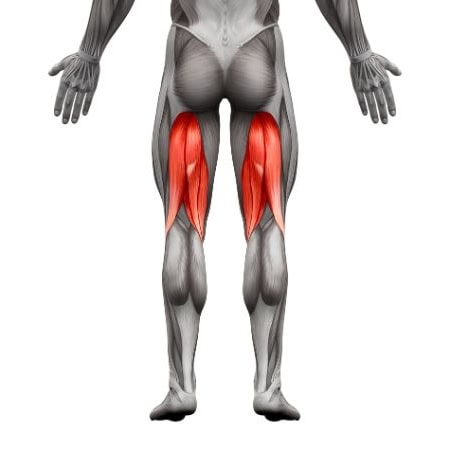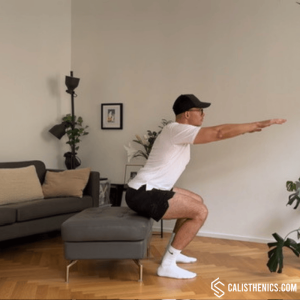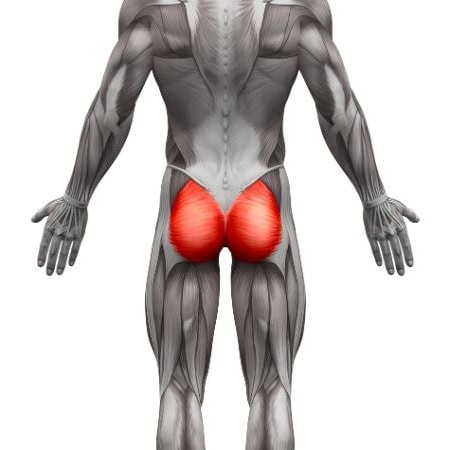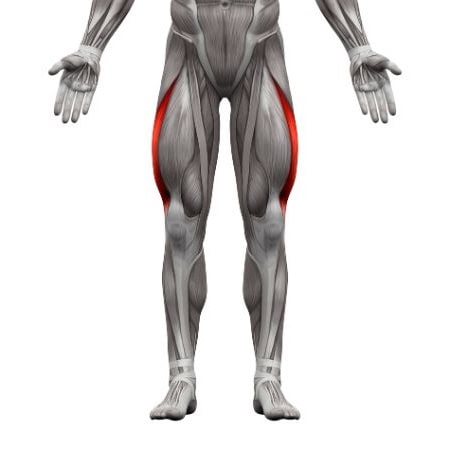Bench Assisted Squats
How to do Bench Assisted Squats?
Bench assisted squats are a variation of the traditional squat where a bench or chair is used as a reference point for depth and to provide support. This exercise is perfect for beginners, those with limited mobility, or anyone recovering from an injury, as it helps build strength in the lower body while ensuring proper squat form. The bench provides a visual and physical cue, making it easier to control depth and stability.
Steps to Perform the Exercise:
- Set Up: Stand in front of a bench or chair, with your feet shoulder-width apart, toes slightly pointing outward. The bench should be directly behind you, close enough to sit on but not touching your legs.
- Engage Your Core: Tighten your abdominal muscles and maintain a tall posture with your chest lifted and shoulders back.
- Begin the Squat: Push your hips back as you bend your knees, lowering yourself toward the bench as if you are about to sit down. Keep your chest up and your weight on your heels.
- Touch the Bench: Lower yourself until your glutes gently touch the bench without fully sitting down. Your thighs should be parallel to the floor or slightly above, depending on your mobility.
- Stand Back Up: Push through your heels to stand back up to the starting position, fully extending your hips and knees.
- Repeat: Perform 10-15 repetitions per set, adjusting based on your fitness level.
Tips for the proper execution of Bench Assisted Squats
Maintain an Upright Posture: Keep your chest lifted and back straight throughout the entire movement to avoid leaning forward and straining your lower back.
Knee Alignment: Ensure your knees are tracking over your toes and do not collapse inward. This helps prevent unnecessary strain on your knees.
Use the Bench as a Guide: Gently touch the bench with your glutes, but avoid fully sitting down. The goal is to use the bench as a cue for depth without completely unloading the muscles.
Weight on Heels: Keep your weight distributed on your heels, not your toes. You should be able to wiggle your toes slightly when you’re at the bottom of the squat.
Control the Descent: Move slowly and with control, especially as you lower toward the bench. This ensures proper muscle engagement and prevents “plopping” onto the bench.
Muscles worked when doing Bench Assisted Squats
- Primary Muscles: Quadriceps, hamstrings, glutes.
- Secondary Muscles: Core (rectus abdominis, transverse abdominis, obliques), calves (gastrocnemius, soleus), lower back (erector spinae).
Primary Muscle(s):
Secondary Muscle(s):

Hamstring
Equipment needed for Bench Assisted Squats
No equipment found.
Adjust the difficulty of Bench Assisted Squats
How to make Bench Assisted Squats harder?
How to make Bench Assisted Squats easier?
How to make Bench Assisted Squats harder?
To make Bench Assisted Squats harder:
-
Lower the Bench Height: Use a lower bench or chair to increase the range of motion, which challenges your muscles more as you squat deeper.
-
Add Weight: Hold dumbbells by your sides, or use a weighted vest to increase resistance and make the exercise more challenging.
-
Pause at the Bottom: Add a 2-3 second pause when your glutes touch the bench before standing back up. This increases time under tension and makes the movement more difficult.
-
Single-Leg Squat Variation: For an advanced challenge, try performing the movement as a single-leg squat, where one leg is extended in front of you while the other leg squats toward the bench.
How to make Bench Assisted Squats easier?
To make Bench Assisted Squats easier:
-
Raise the Bench Height: Use a higher bench or chair to reduce the depth of the squat, making the movement easier for those with limited mobility or knee issues.
-
Use a Support: Hold onto a stable surface like a wall or railing to help with balance and control during the movement.
-
Squat Partway: Perform partial squats by lowering only partway to the bench, gradually increasing your range of motion as your strength improves.




